Gothic Architecture is known for its exquisite history and ornate aesthetics. The architectural style originated in the Middle Ages and flourished in Europe between mid 12th through 16th centuries. The term “Gothic” brings out a myriad of emotions and associations, each different from the perspective of the observer.
To some, the term brings up the sense of a novel form of architecture with new elements, soaring arches, flying buttresses, etc. To others, the word “Gothic” carries an imagination of mystery homes, and uncovered secrets.
Also, to some, the term goes to a darker facet. And they relate the word to haunted houses with timeworn facades and dim interiors.
The Gothic architectural style creates a variety of backdrops for individuals, however, the architecture stands as a symbol of the power of architecture to uncover a wide range of emotions, modern and traditional, both. It brings together history, mystery, and innovation in architecture that inspires hundreds and thousands till today.
Yes, let us continue our journey to discover the identity of Goths and explore the essence of Gothic architecture. Join us on this journey of exploring the intriguing evolution of the Gothic style.
Who are Goths?
Goths are the barbaric tribal group known for their presence in various parts of Europe between the fifth and the eighth centuries. During the late 300s and 400s, this tribe was at odds with Roman dominion. During this period, the Roman Empire’s authority faded, eventually leading to the ruling of the Holy Roman Empire.
Goths did not leave behind any architectural achievements, but Gothic architecture came to be associated with architecture’s evolution nearly 1000 years later.
What is Gothic Architecture?
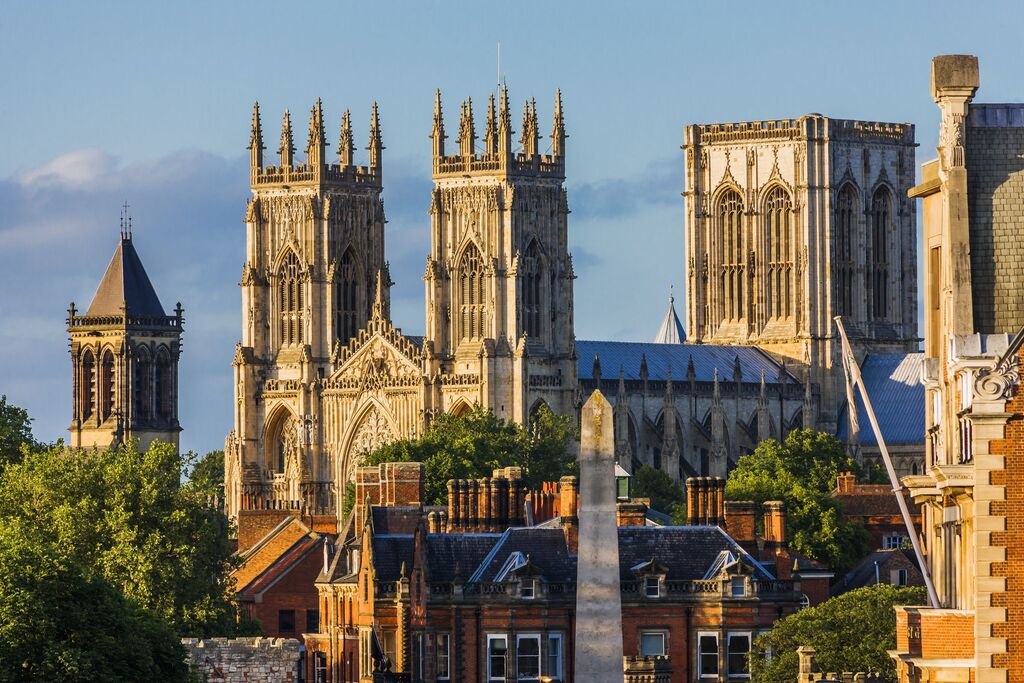
Gothic architecture is a European architecture style that originated in France during the Middle Ages. The architecture style is extremely ornate and adorns high buildings, intricate aesthetics, vaulted ceilings, small stained glass windows, giant steps, and pointed arches, which proliferated throughout Europe. Initially, people referred to this style as Opus Francigenum, which translates to “French Work.”
The Gothic Architecture style found its primary use in religious bodies particularly for building the Roman Catholic Church.
During the mentioned historical period, people didn’t focus on styling, but on the construction of new buildings. As mentioned by the principal of Colberg architecture, “there was no intention of setting up a style in Gothic Architecture, “style was in progress.
The Evolution
Over time, the Gothic architectural style evolved gradually and adopted Romanesque elements resulting in iconic features we recognize today including exaggerated arches, increased vaulting, and larger windows. The thick walls were replaced with thin walls supported by flying buttresses.
Surprisingly, Gothic architecture drew inspiration from Islamic architectural elements and included pointed arch designs in buildings. These pointed arches had the ability to minimize the thrust, and eventually reduce the stress on other structural components.
Moving forward in years, the size of the columns & piers that supported the arch reduced. And…. This was the beginning of the evolution.
The Need for the Change
Among a myriad of existing Gothic architectural marvels, the maximum number comprises Chapels and Cathedrals. These huge buildings are typically higher than the rest of their urban counterparts. The primary objective of Gothic evolution was to build a substantial architecture that looked ascending towards the heavens.
The Gothic Style exhibits variations in the building depending on geographic location & its implementation. These buildings were built keeping in mind the versatility of styles while inviting the gentle embrace of natural sunlight.
According to Colberg, “Features like high pointed or Gothic arches and flying buttresses were in buildings located mostly in Northern Europe where sunlight can be scarce, depending on location and time of year, and they are in big spaces that are hard to light with candlelight.”.
One landmark that stands at the forefront of the Gothic legacy is the Basilica Church of Saint-Denis; later the architectural style was followed in the world-famous Notre-Dame De Paris.
Indeed, these iconic Gothic masterpieces are renowned worldwide, but what are the five quintessential elements that define the classic Gothic style?
Key Characteristics of Gothic Architecture
1. Flying Buttresses
To increase the stability of the massive Gothic structures, architects employed a distinctive reinforcement technique, flying buttresses. Flying buttresses extend external support and redistribute the weight from heavier and upper floors to the lower ones. The concept is both practical and doesn’t distort the architectural beauty of the building.
When you envision the design of the external support, it imparts a sense of flight, which is why the name is Flying Buttresses.
To add to the grandeur, architects adorned these buttresses with distinctive carvings. Also, the flying buttresses granted the cathedral’s architects the freedom to have thin walls without concerns of structural instability.
2. Pointed Arches
If you closely examine Gothic architecture, you can not help but admire the adoption of tall, thin pointed arches from the rich Islamic culture. It reflects a sense of upward aspiration to the design.
The Gothic Architects deliberately incorporated the transformation of these pointed arches, which we now recognize as Gothic arches, to optimize the vertical space.
Also, these arches served the purpose of allowing an abundance of natural light to flow into the sacred cathedrals and churches.
3. Ribbed Vaults
Gothic buildings attribute ribbed vaulting, an engineering technique that involves parallel barrel intersections. These ribbed vaults offer structural reinforcement and a visually stunning effect.
Over and above, the rib vault adds to the aesthetic splendor of the churches. Don’t believe us? Check out the towering ceilings and expansive windows of the great architecture mentioned below. The design is truly awe-inspiring.
4. Large Stained Glass Windows
Gothic architects had the primary goal of harnessing the natural sunlight to its full potential and illuminating the spaces at maximum. To achieve this, the architects adopted a design referred to as “ a circular ring of chapels” that allowed streams of sunlight to grace the cathedrals. You will find some of the most impactful architectures from the High Middle Ages adorning stained-glass cycles.
Gothic churches and cathedrals mainly adorned these iconic-style windows. Take, for example, the renowned Rose Window at Notre Dame, which possesses an impressive window diameter of 42 ft. It is one of the largest windows among the other church counterparts across Europe.
5. Gargoyles and Ornate Decoration
Last but not least, an identical element of Gothic architectural style is the lavish embellishments adorning the stone surface. These ornate decorations on the stone portray a myriad of emotions.
Within the rich tapestry of ornamentation, you will discover a variety of intricate elements like sculptural moldings, statues of saints, pinnacles & spires, whimsical gargoyles, and meticulously designed historical figures.
The reason behind this ornamentation, as described by Colberg,
“Most of society didn’t know how to read and write, so the way that you told a narrative and the story of the Bible was through the stained glass and through the ornaments in the stone,” “To be able to have a building that serves as a pedagogical tool is pretty amazing; very few other times in history have made their mark in this important way.”
Now that we know Gothic architecture characteristics, let us see some popular examples from its time.
Famous Buildings Built in Gothic Style:
The Gothic style is royal and impressive. The enormous monuments are spread across Europe. You will find plenty in France, Spain and Milan. Among the scattered treasures of Gothic style, here is the curated list of some notable buildings (our favorites).
Basilica Of Saint-Denis
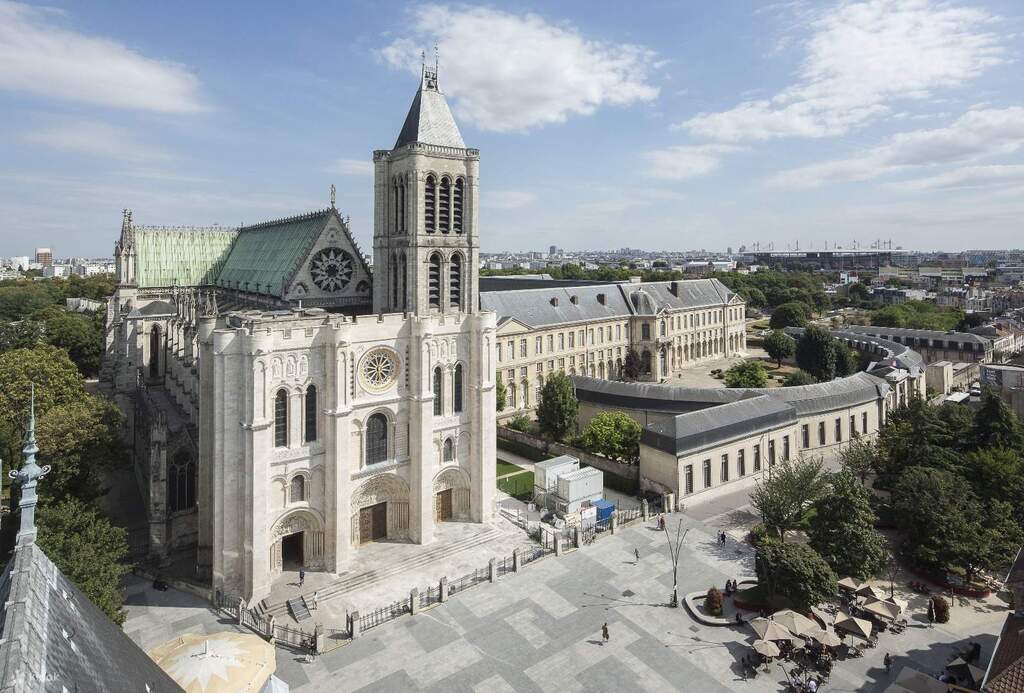
The Basilica of Saint-Denis stands as the first masterpiece of Gothic architecture. Situated within the heart of Paris, it brought the evolution of the Gothic style of building architecture. The church graces two towers rising to equal heights on the western side of the church.
Saint-Denis is famous for introducing a variety of innovative architectural elements to the design. However, the masterpiece underwent a transformative renovation under the guidance of Abbot Suger. The primary objective of this renovation was to fill the vast space with an abundance of natural light.
The Basilica boasts all five Gothic features, from expansive windows to flying buttresses to rib vaults, everything that can enhance the luminosity of the sacred space.
Over the years, the Basilica has undergone numerous cycles of restoration and preservation, all to maintain the sanctity and architectural significance of the holy place.
Notre Dame De Paris
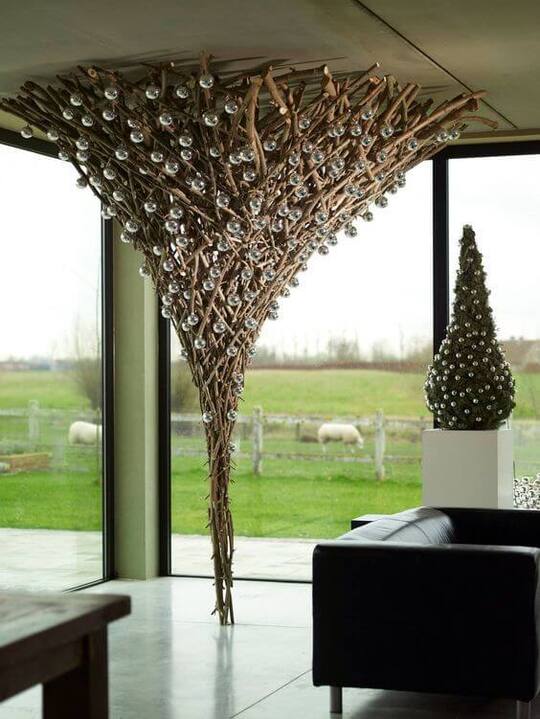
Notre Dame De Paris often referred to as Notre Dame simply is an iconic building from the Gothic times. It is a must-visit attraction if you are traveling in the city of Paris. Unfortunately, the marvelous cathedral caught fire on the evening of April 15, 2019. However, restoration efforts are in progress to reopen the holy place for the Olympics 2024.
The famous building was constructed during an era when architects were pushing their limits of grandeur and were forced to use innovative technology to enhance structural support. The result of their efforts can be seen in this unparalleled beauty, embracing the enchanting gargoyles, rose windows, and flying buttresses.
If you observe it closely, you will find the resemblance to the design principles of Basilica Church of Saint-Denis in Notre Dame. Notre Dame is truly a Beauty and a symbol of resilience.
Chartres Cathedral
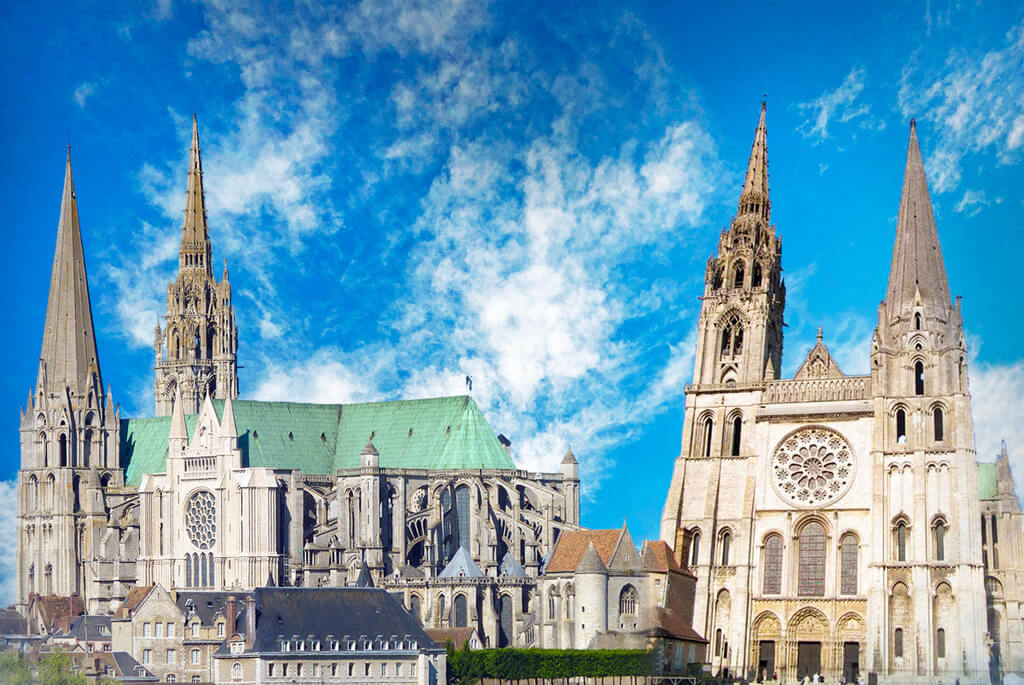
Chartres Cathedral is a remarkable masterpiece of Gothic architecture, situated in France. The building construction began in the 12th century and is renowned for its innovative design and classic craftsmanship.
However, the original design has undergone multiple revamping because of the many unfortunate events and fires. The redecoration of the building made it an ultimate mixture of old and new Gothic architectural styles.
Upon close observation, you will find the north facade, the right spire extremely different from the left spire. The right spire is seen as plain and simple, while the left one is more flamboyant adorned with extra sculpture. These spires dominate the skyline and are the eye-catching symbol of the cathedral.
Chartres has been a pilgrimage place for centuries and is now one of the iconic buildings in the town.
Westminster Abbey
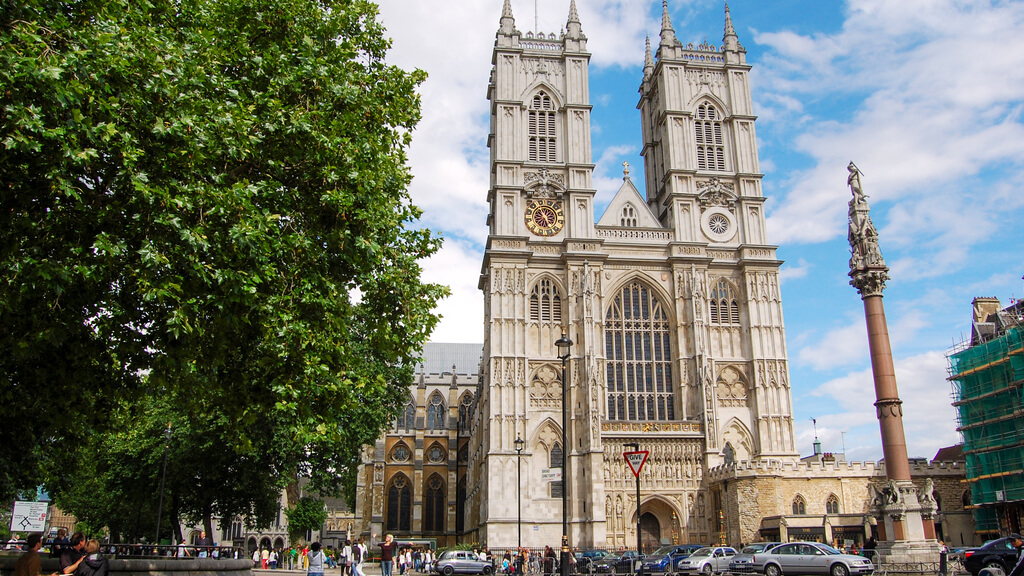
Located in the vibrant city of London, Westminster Abbey is a place everyone must visit. The church was formally known as the Collegiate Church of St. Peter at Westminster and is a gem in history.
Henry III, the Prince of London, initiated the construction in 1245, adorning the structure with the exquisite charm of Anglo-French Gothic style. Westminster Abbey held a central role in British history, hosting royal weddings and other significant ceremonies.
The renowned architecture boasts a splendid array of all the Gothic elements. Within the walls, you can discover the legendary “Poet’s Corner”, an enclave paying homage to literary figures. Great poets like William Shakespeare, Charles Dickens, and Geoffrey Chaucer found their eternal rest in this place.
Westminster Abbey is filled with tranquility, further surrounded by cloistered walkways, once walked by the monks. Today, the church welcomes visitors from around the globe who can freely explore the richness of British history.
Seville Cathedral
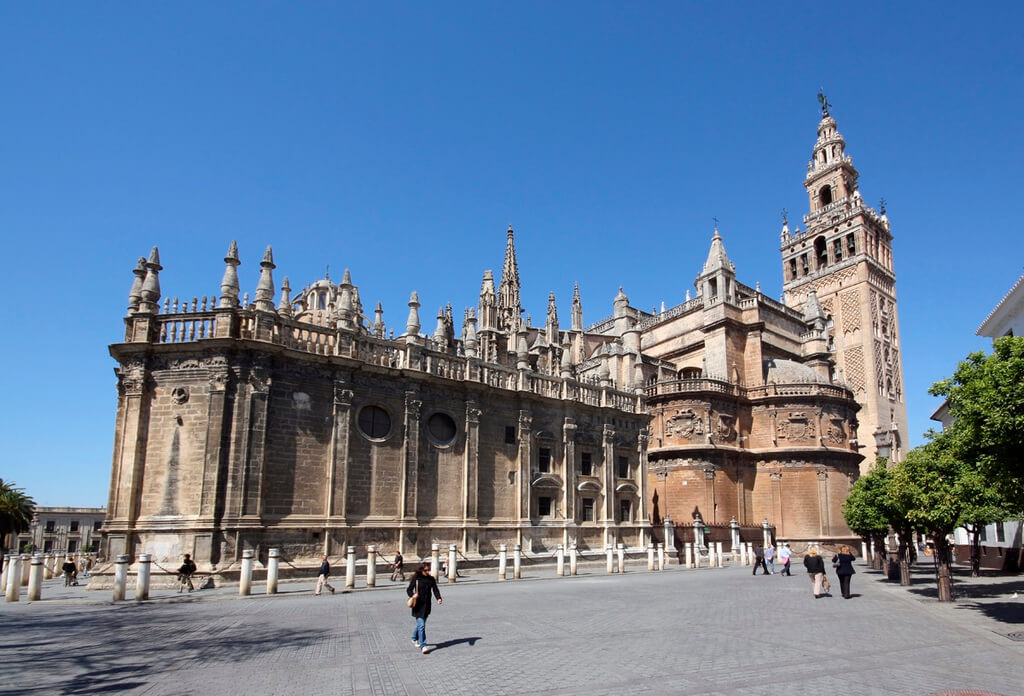
Seville also known as “Catedral De Santa Maria De La Sede” is a huge Gothic cathedral located in Seville, Spain. The cathedral boasts architectural prowess and ranks as one of the world’s largest cathedrals. Builders constructed the Seville Cathedral on the spot formerly dedicated to a Reconquista mosque.
Upon close observation, you will find the cathedral’s bell tower also known as La Giralada, a minaret of the mosque. This example shows how the grandeur of Islamic architecture influenced Gothic architecture style.
Just like the splendid views from the top of the cathedral, the interior of Seville is also a masterpiece. UNESCO designates this place as a World Heritage Site, acknowledging its architectural and historical significance.
FAQs:
Individual preferences can change the choice of the finest example, but Chartres Cathedral, simply referred to as Notre-Dame De Chartres Cathedral, stands out as the finest example of Gothic Architecture.
Gothic architecture stands as a one-of-its-kind and renowned style, popular for these five elements namely, pointed arches, rib vaults, flying buttresses, stained glass windows, and ornate decoration.
Final Words
The Gothic period is one of the longest, captivating, and enduring periods of history.
The architectural wonders still continue to inspire us today. The intricate and ornate designs have their foothold in countries such as Italy, Germany, England, France, and Spain. Each one contributes its unique elements to this iconic Gothic style.
As we draw closure to our exploration of Gothic architecture, let’s recall the profound words of Victor Hugo in the “Hunchback of Notre Dame”– “Every face, every stone, of this venerable monument is a page not only of the history of the country but of the history of science and art.”
Explore Further:-

